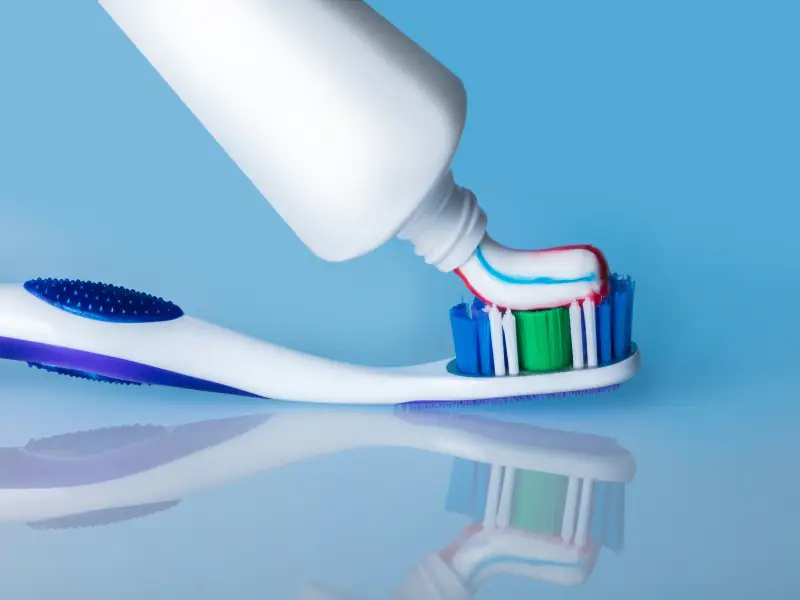In the manufacturing and industrial sectors, the quality of raw materials directly impacts product performance. JSJ Silica, particularly hydrated silica, is a versatile material widely utilized across multiple industries. Understanding its origin and properties can help businesses make informed sourcing decisions.
Where Hydrated Silica Comes From
Hydrated silica is produced through controlled chemical processes, typically starting from silica sources that undergo precipitation, washing, and drying steps to yield a fine, functional powder suitable for oral care applications. This material undergoes a hydration process that results in a fine, white powder with excellent absorbent and thickening properties. JSJ ensures that its JSJ Silica meets rigorous standards for purity and consistency, making it suitable for applications requiring reliable performance.
Industrial Applications of JSJ Silica
The versatility of JSJ Silica makes it ideal for industries such as silicone rubber, and toothpaste manufacturing. Its ability to enhance texture, durability, and stability is particularly valuable in formulations where precise material behavior is essential.
Quality Assurance and Consistency
Sourcing high-quality hydrated silica is crucial for maintaining production standards. JSJ applies strict quality control measures at every stage from raw material selection to final product delivery. This approach ensures consistent particle size, purity, and performance, allowing businesses to rely on JSJ Silica for demanding industrial applications.
Conclusion
Understanding the origin and characteristics of hydrated silica highlights its importance in industrial production. JSJ Silica combines purity, consistency, and versatility, supporting manufacturers in achieving optimal results. By choosing JSJ, businesses gain access to a dependable source of high-quality silica that meets industrial demands efficiently.

